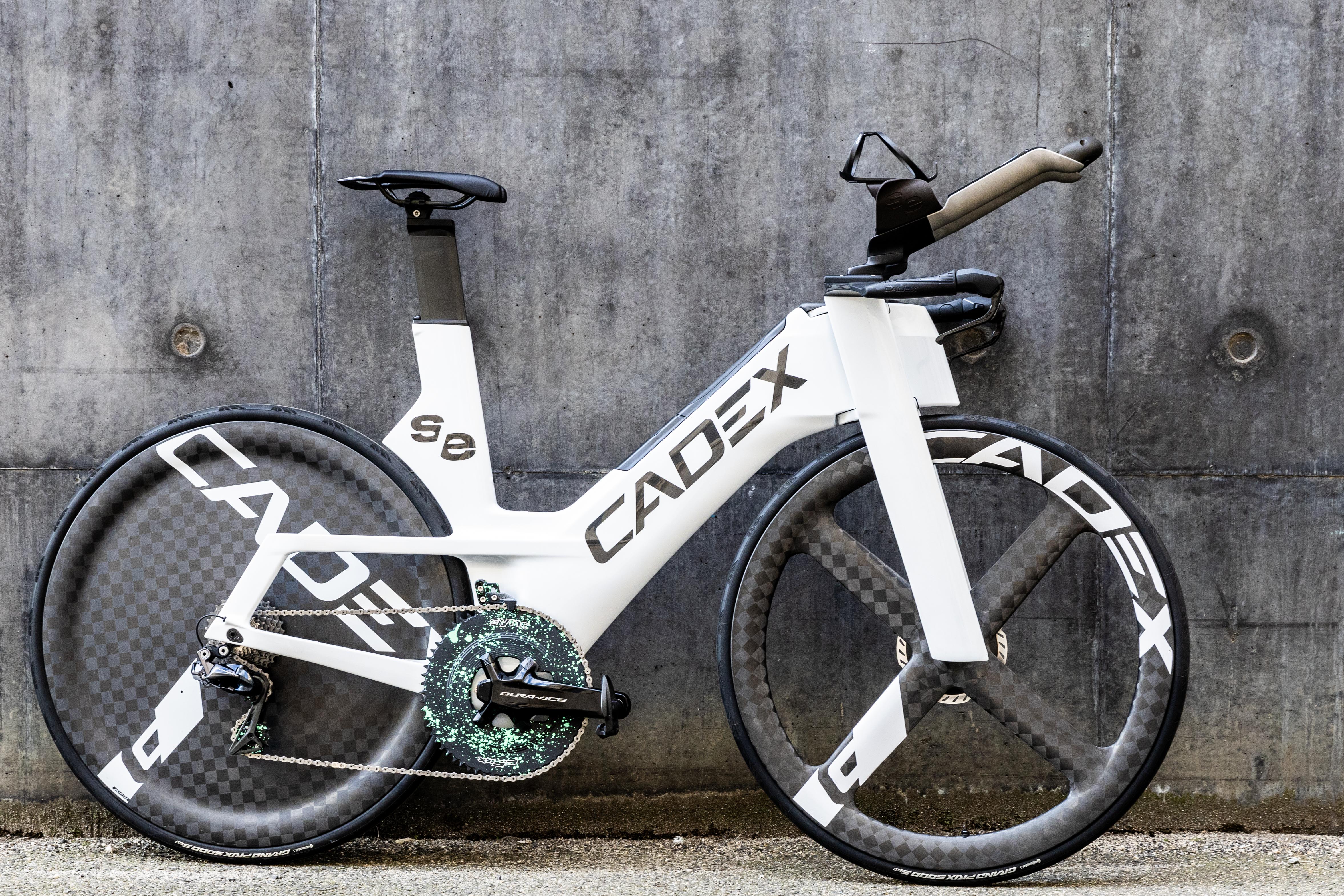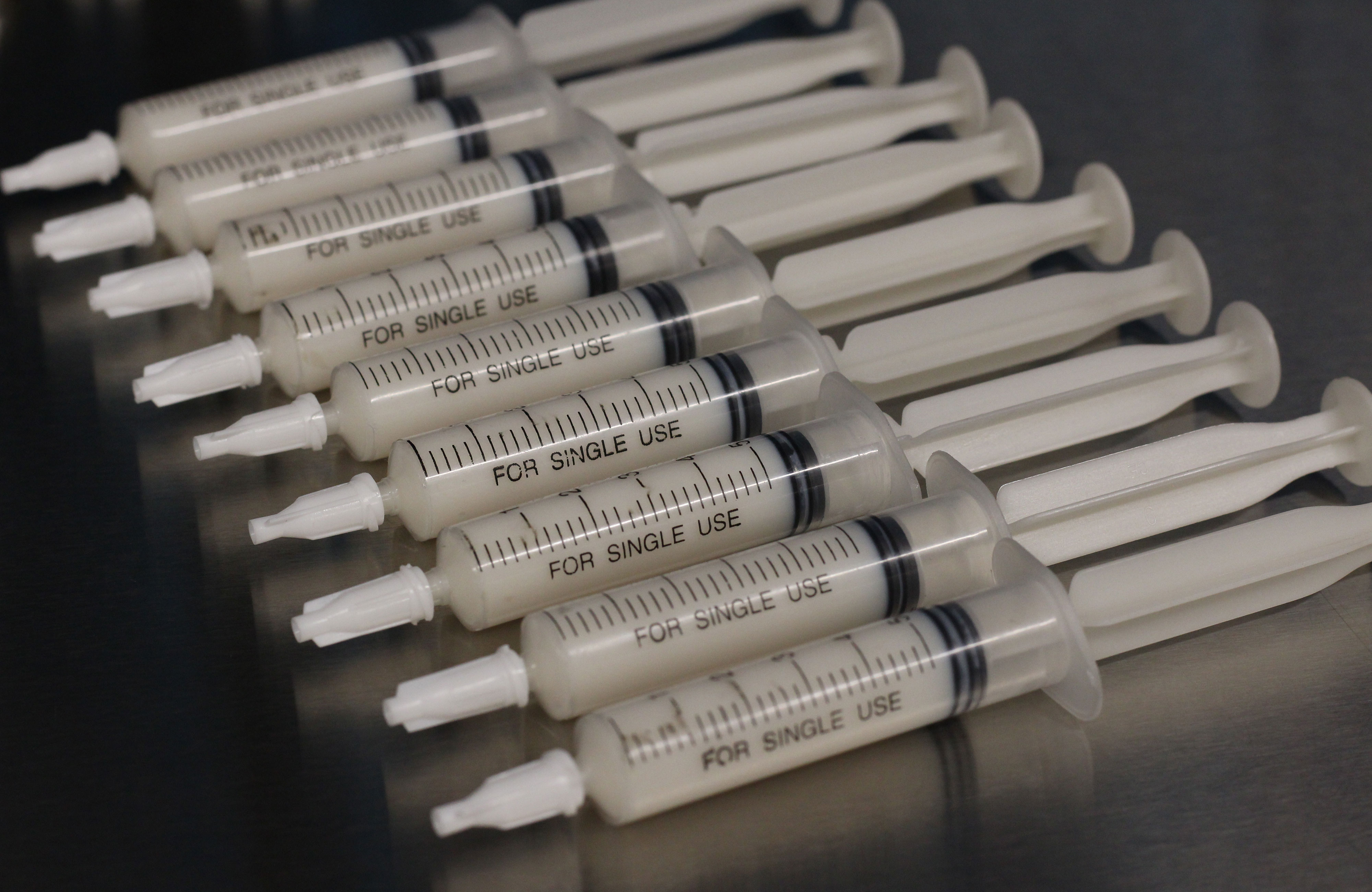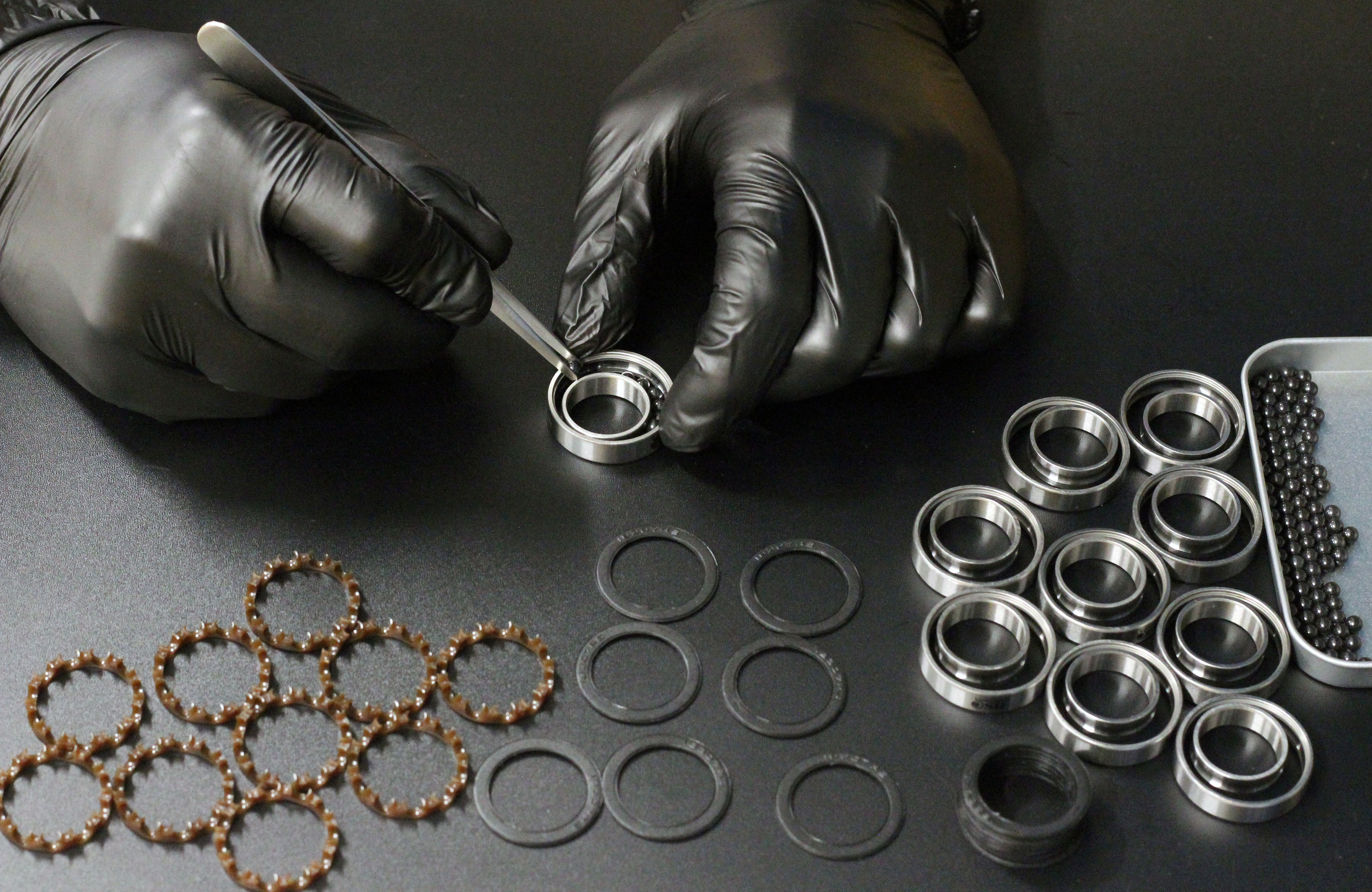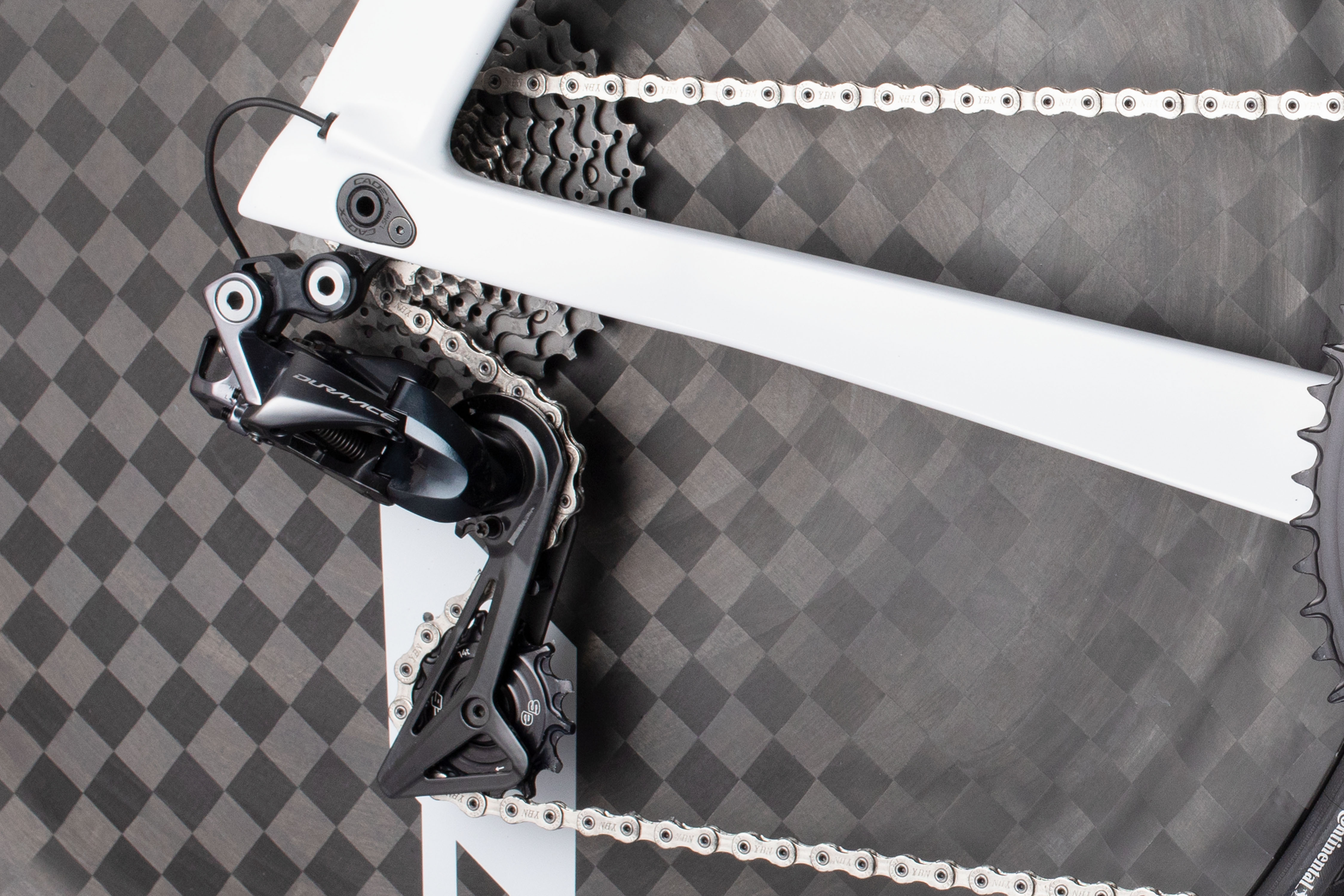The Importance of Ceramic: HSC Ceramics and Sync Ergonomics
Posted by Joe Laverick on 17th Sep 2024
In the ever-evolving world of cycling technology, partnerships often lead to the best performance outcomes. While creating our Driveline Ecosystem, we came together with multiple companies to make the perfect system. CSixx Components from South Africa, Zero Friction Cycling and HSC Ceramics from Australia.
How It All Started
While developing our 1x chainrings with cSixx, we were confronted by the issue of poor performance of all pulley wheel systems we tried, specifically, dislodging the chain on rough cobble terrain. We knew that for the goals of our driveline ecosystems, we would have to work on a pulley wheel system to achieve our goals.

To make a pulley wheel, we would need a bearing supplier. As an Australian company, the idea of working with another Australian company that shares our values on quality and performance, made HSC a no-brainer. It turns out HSC saw the synergy as well, and there is more to the package than simply a ceramic bearing supplier.
The HSC Difference
HSC brings over 20 years of expertise in bearings and it is their knowledge and experience with high-performance bearing systems that sets them apart.
“High-quality and efficient bearings require more than just the use of ceramic materials. They also depend on precisely made races, seals, and the selection of low-friction greases. Each of our ceramic bearings is a work of art, created with modern manufacturing techniques and designed specifically for use in cycling. Before shipping, each bearing is carefully inspected by hand at our Melbourne facilities to ensure the highest quality.” - Shane Tan, HSC Ceramics

While some might expect complex science behind this, the secret to HSC's success is simple: Trial and error, throughout the years on their journey as a bearing supplier. Through this, HSC have found the right formula to minimise friction, maintain optimal smoothness, and ensure the appropriate sealing. This combination results in long-lasting bearings that require minimal maintenance, allowing cyclists to focus on their ride rather than constant repairs.
“Over the years, through various applications, we have become increasingly aware of all of the factors that feed into bearing performance. From the quality of the individual components to the clearance specification, the contact of the seals and the quality of the grease - The bearing in itself is a complex system and we knew that we needed a well-versed technical partner to pull this off” - Ken Ballhause, Sync Ergonomics
Why Ceramic?
When it comes to cycling, the topic of ceramic bearings is hotly debated. Are they necessary? Are they worth the investment? While ceramic bearings are often hailed for their speed and performance, they’ve earned a reputation for requiring high levels of maintenance and having a shorter lifespan. HSC aim to change that perception and allow customers to realize the performance gains that a ceramic bearing can offer. Their bearings have been rigorously tested in diverse conditions ranging from roads and deserts to high mountains and rainforests. The result? Bearings that can last over 30,000 kilometers without requiring a single service.
HSC believes that their ceramic bearings offer the best of both worlds: Speed and longevity, without the constant upkeep that some cyclists fear. I asked Shane about the factors that contribute to improved bearing performance, and the elephant in the room of “why ceramic”?
HSC bearings use silicon nitride, hybrid ceramic balls, which are substantially harder (120%) and stiffer (68%) than comparative steel balls. Bearing stiffness and hardness are relevant factors in reducing the contact patch with the race and ensuring smooth performance. While this point is less relevant in the application of a pulley than say a wheel bearing, it is an interesting fact about ceramic bearings in general.
Now, what does become more important for the humble pulley wheel, is the precision of each hybrid ceramic ball, and this is really the untold secret of ceramic bearings. HSC selects balls that are made to a Grade 3 rating, which translates to a rounder ball (8 times) and smoother surface finish than the common steel ball (Grade 20). But, this is still just one factor in the overall bearing performance.
In a bearing system, the races are equally critical as the balls. HSC has selected a race alloy that works seamlessly with silicon nitride balls. The bearings are designed to bed in, which means that in the first hours of use, the ceramic balls polish the race surfaces, leading to the creation of an ultra-smooth surface with minimal friction. In addition, the specifications of the races are critical in determining the clearance of the bearing. Clearance is felt as “free play” in the bearing, before being installed in the bearing bore. Once installed in a bore of the correct dimensions, this “free play” is mostly taken up, while still allowing freedom of bearing rotation.

One of the key differences between cycling and industrial applications is the need for precision over protection. In industrial settings, bearings often require heavy-duty sealing to safeguard them from harsh conditions, but in cycling, this level of sealing can reduce efficiency.
"Cycling bearings prioritise smoothness, performance, and low friction for optimal efficiency, speed, and longevity in less extreme conditions compared to industry. Therefore, simply purchasing 'all-purpose' bearings might just reduce the overall efficiency of your bike system, undermining the investment you’ve made” - Shane Tan, HSC
Indeed, the HSC bearings we spec in our pulley wheels utilise a low-contact sealing system, and bespoke high-performance grease, both of which HSC have developed throughout their 20-year journey in performance bearing solutions.
This is where the collaboration between HSC and Sync shines and proves that even the smallest component can make a big difference to performance on the road.
“For us, it’s not a question of ceramic or standard, it's a question of the whole package. Clearance, seal, grease, ball and race quality. Given that HSC bearings control their whole bearing procurement and assembly process, to very high standards, HSC are the whole package.” - Ken Ballhause, Sync Ergonomics
A Perfect Partnership
The collaboration between HSC and Sync goes beyond simply making great individual products. It’s a partnership built on shared values of precision and performance. Both companies are committed to pushing the boundaries of what’s possible in cycling technology.
“The feedback that we have been able to take onboard from HSC on how to spec our bearing bores for optimal performance, has been critical in launching our pulley wheel product. With HSC, not only do we have access to an exceptional bearing product but we have also been able to tap into knowledge that ensures that quality translates to real-world performance” - Ken Ballhause, Sync Ergonomics
“Both Sync and HSC make great products, but it takes collaboration to make the whole system work. We’re happy that both of us are perfectionists who enjoy making the best products we can!"- Shane Tan, HSC Ceramics
Sync x cSixx Pulley Wheels

Our Derailleur Pulley Wheels have evolved out of our partnership with cSixx and the development of our driveline ecosystems. Spinning on HSC hybrid ceramic bearings, our 12/14t pulley wheels maximise the size that a standard rear derailleur cage can accommodate.
The focus with our Derailleur Pulley Wheels has been security, longevity and shift performance, in the challenging environment of World Tour racing. With a highly refined tooth design, precision manufacturing and premium bearings, our pulleys are a high-performance solution that completes the driveline packaging.

